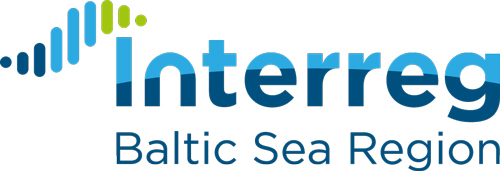MONALISA 2.0 – Enhanced Maturity in Information and Communication Technology
ICT is deployed extensively on ships today. By permitting existing systems to share information, the number of information sources on the bridge may be reduced, thereby simplifying the overview. Solutions from the air transport industry will be adapted to the maritime industry and thus shorten the time required to set a worldwide standard and reduce the necessary investments.
Safety based on new technology
By giving the captain insight into the movement of vessels in the vicinity, the anti-collision aid is enhanced. Indoor positioning optimizes the mass evacuation of a vessel. Traffic congestion can be reduced by suggesting safer routes. The procedures for interoperability between safety management on land and at sea will be ameliorated.
Competence and training
Training programmes covering various aspects of maritime safety will be elaborated and tested. Risk assessment standards for ships, ports, and coastal area will be enhanced. The goal is to secure the qualifications of personnel involved in SAR and evacuations, and to further improve the quality of port contingency plans.
Improved environmental performance
Ships will save fuel and costs by taking shorter routes and adapting speed to match the availability of port services. Providing day-to-day environmental data will assist ships bypassing sensitive areas. Further reduce accidents by developing enhanced anti-collision aid.
Increased efficiency – Streamlining of administrative procedures
By sharing information, all parties in the maritime transport chain can improve their operations. Ports will have up-to-date data on all ships and can plan accordingly. The captain will get information regarding port availability and can thus optimize his route.
Improved competitiveness
Voyage plans optimized by port conditions, shortest routes, hydrodynamic values and weather information will reduce costs for ship and cargo owners. Cargo will move more speedily through the maritime logistics chain.






